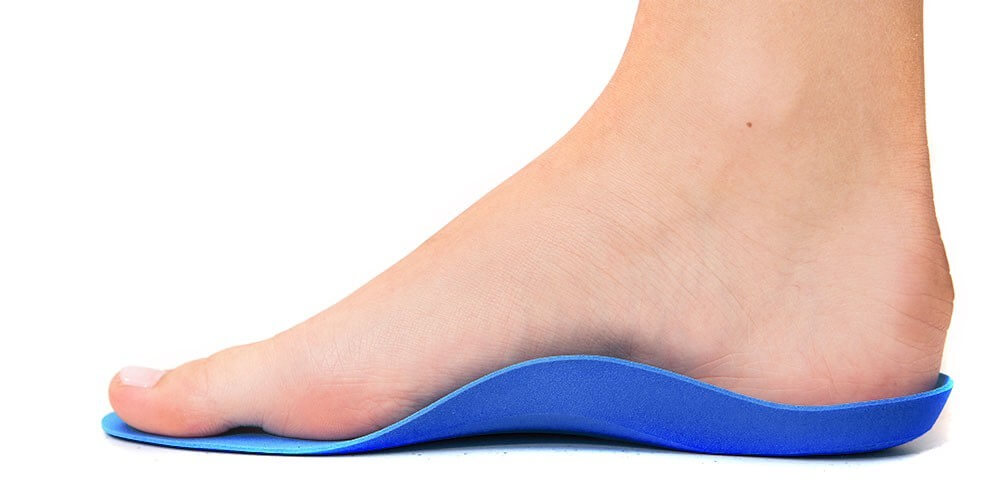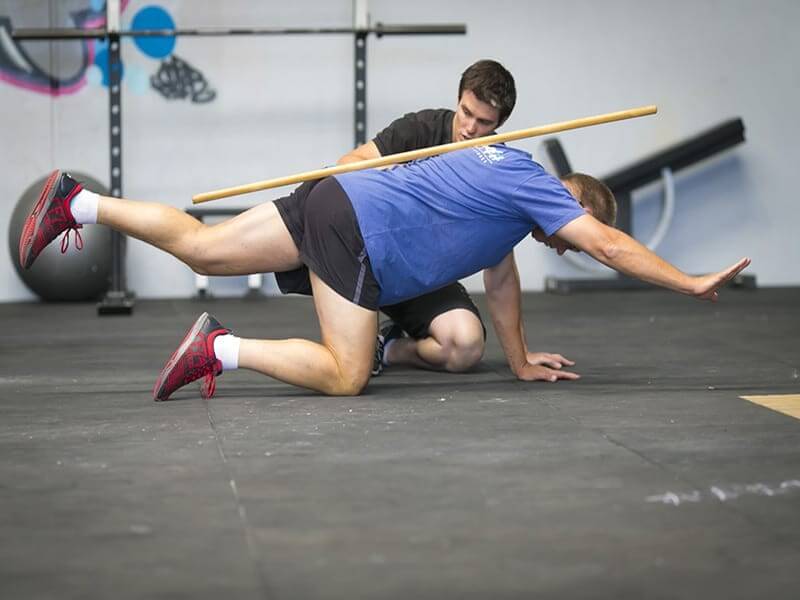
Osteoarthritis is the most common form of arthritis or disease of the joints. Osteoarthritis refers to a clinical syndrome of joint pain associated with varying degrees of functional limitation and a reduced quality of life. Osteoarthritis is often described as age-related ‘wear and tear’ and the prevalence of OA increases as we age. Osteoarthritis is considered a repair process of synovial joints and effectively limits the damage and symptoms in the majority of cases. In some people, for reasons not completely understood, the Osteoarthritis process cannot keep up with the repair needs, and so tissue damage continues. This is the stage at which people may present with symptomatic Osteoarthritis. Osteoarthritis is usually associated with people aged 45 years and above, who present with ongoing joint pain that is aggravated with use and who describe stiffness in the joint(s) in the morning, which lasts less than 30 minutes. Symptoms can vary from minimal to severe pain and stiffness. Although pain, reduced function and activity restriction can be associated with Osteoarthritis, pain and structural (seen on xray) change do not correlate well. This means that structural change can occur without pain, or that pain may be out of proportion to structural changes.
Hips, knees, and the small hand joints are most commonly affected joints but any synovial joint can develop Osteoarthritis. Joint tissues including bone, cartilage, capsule/synovium, ligaments and muscle are affected. Osteoarthritis is associated with a loss of joint cartilage and adjacent bone is remodelled: this means that new bone formation is formed at the edges of the joint. This new bone formation forms osteophytes.
What are the risk factors for Osteoarthritis?
There are a number of risk factors for Osteoarthritis. However, the importance of individual risk factors varies, and even differs, between joint sites. These include:
Genetic factors
Constitutional factors (for example, ageing, female sex, obesity, high bone density) Biomechanical risk factors (for example, past joint injuries, recreational use, reduced muscle strength and control; joint laxity or mal-alignment). Some risk factors are reversible such as obesity or muscle weakness, whilst some risks are avoidable such as occupational or recreational joint trauma. Osteoarthritis often coexists with other conditions such as cardiovascular disease and diabetes. People with Osteoarthritis may also have associated poor vision and experience anxiety, depression and social isolation. The prognosis and outcome depends on these comorbidities as well as the actual Osteoarthritis of joints.
What treatments are available for Osteoarthritis?
The current best scientific evidence recommends a holistic approach to care. A whole person approach to care means that the pieces of the management ‘jigsaw’ that are important to you are taken into account. These include factors such as your family, social and work needs and your psychological health. Scientific recommendations currently provide evidence for 3 main components of care including:
Education and advice about Osteoarthritis from your health professional
Exercise, regardless of age, comorbidity, pain severity and disability. This should include exercise that is good for general health (heart, body, mood) and exercise that is specific for strengthening the muscles supporting and moving affected joints
Dietary advice and weight reduction if obese.
Additional (‘adjunctive’) treatments such as the use of heat and cold, corticosteroid joint injections, manual therapy, braces and foot orthotics, and joint replacement surgery may be appropriate additions to the above components of care, but have less well proven benefit, offer less symptom relief or may offer increased risk (for example, medications and surgery).
What is the role of medications in managing Osteoarthritis?
Current scientific evidence recommends use of paracetamol in early pain management. Paracetamol and/or topical (skin) non-steroidal anti-imflammatory (NSAIDs) medications should be considered ahead of oral NSAIDs, COX-2 inhibitors or opioids. Wherever systemic NSAIDs or cyclooxygenase-2 (COX-2) inhibitors are used, they should be co-prescribed with cover from a medication that helps protect the stomach from side effects: this is called a proton pump inhibitor (PPI).
Common names for these medications include:
- Nexium
- Losec
- Somac
- Pariet.
PPIs reduce the production of acid by blocking the enzyme in the wall of the stomach that produces acid. The reduction of acid prevents the development of ulcers. This means that ulcers that exist in the esophagus, stomach, and duodenum can heal.
What about other treatments
Based on current scientific evidence (National Collaborating Centre for Chronic Conditions. Osteoarthritis: National Clinical Guideline for Care and Management in Adults. London: Royal College of Physicians, 2008) the following recommendations are noted:
1. Manipulation and stretching should be considered as an adjunct to core treatment
2. The use of local heat or cold should be considered as an adjunct to core treatment
3. Transcutaneous electrical nerve stimulation (TENS) as an adjunct to core treatment for pain relief may offer some benefit
4. At present there is not enough consistent evidence of clinical or cost-effectiveness to allow a firm recommendation on the use of acupuncture for the treatment of OA
5. Based on current scientific evidence, the use of glucosamine or chondroitin products is not recommended for the treatment of OA.
What about joint replacement?
If you experience joint symptoms (pain, stiffness, reduced function) that impact significantly on your quality of life and which don’t improve with conservative management, scientific evidence recommends that you should be referred to a specialist. The specialist can assess whether or not you may need to consider joint replacement surgery.
Helpful tips
- At Physio Tullamore these are some of our management strategies for Osteoarthritis:
- Exercise everyday. Do exercise you like and you are more likely to do it, even if this is only a short walk. Exercise is good for your general well being (heart and lungs), your mood, your joints and muscles, your balance and your bone health
- Pace your activities (doing small bits often or taking the middle road) rather than overdoing or under doing
- Try and use normal movement for everyday activities like lifting, sitting, standing, bending and reaching. When you have pain, sometimes you forget how to move normally or you overprotect the joints. This can make functioning normally difficult and can make the pain worse
- Good posture can help reduce pain and improve function: gentle stretching and relaxation are often useful options here and changing positions frequently rather than staying in the one position for extended periods.
- Modifications of everyday equipment can reduce stress on joints: a good example is raising the height of a chair to make standing and sitting easier, or using a smaller saucepan that is not so heavy to avoid joint strain
- Planning your work and social activities ahead to help you think about ways you can better manage challenging situations or pain flares
- Asking your family or friends to help where possible can help both you and help them to understand your pain experience.


